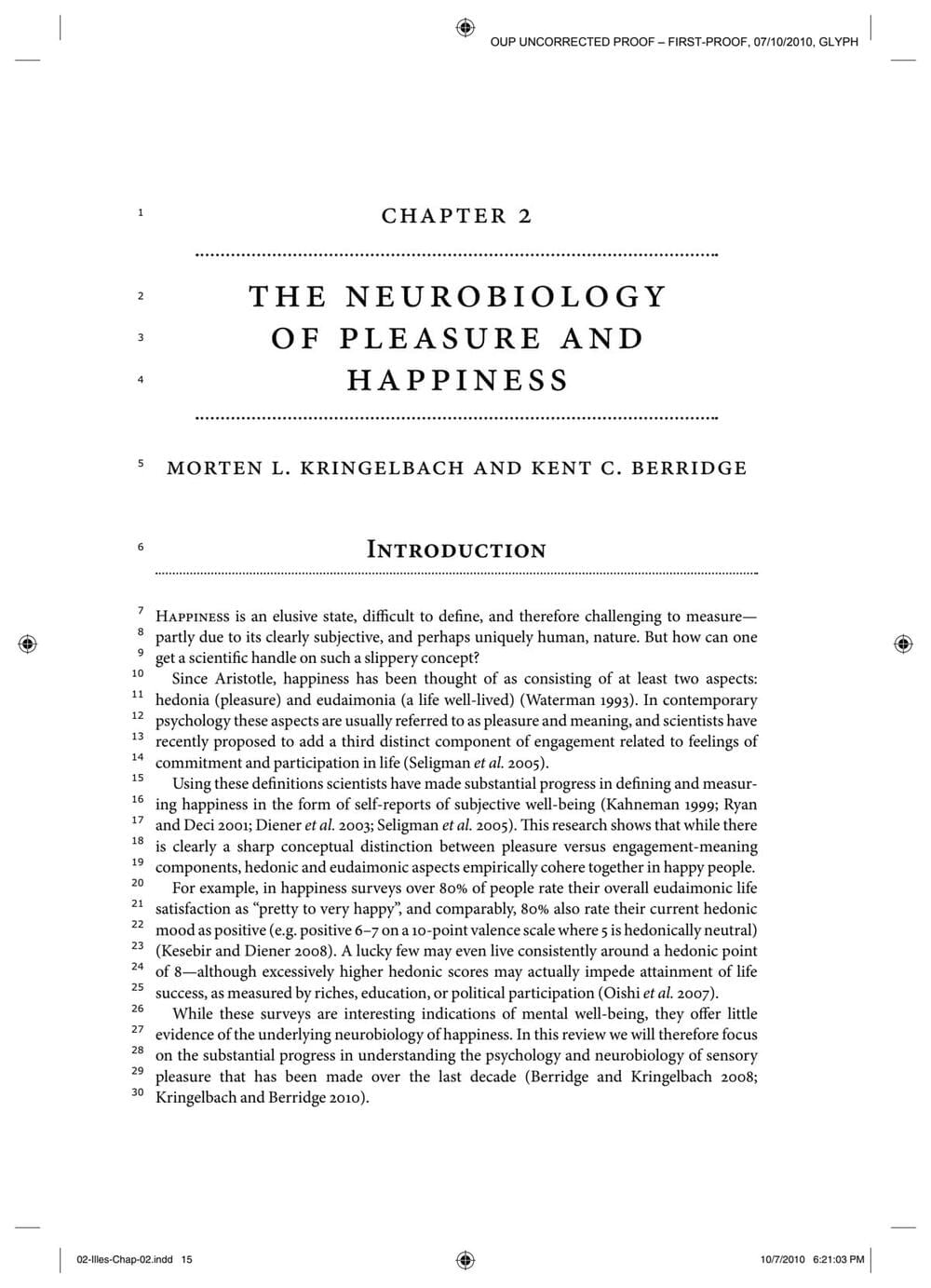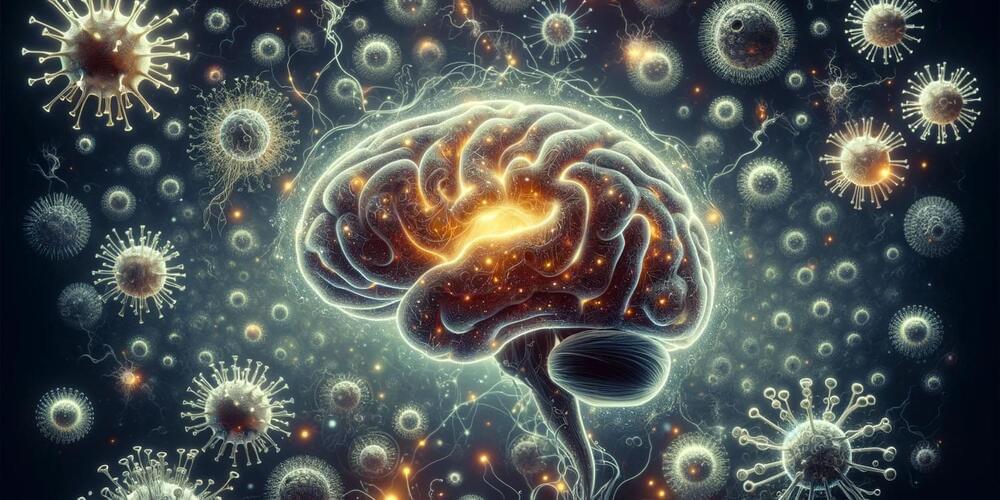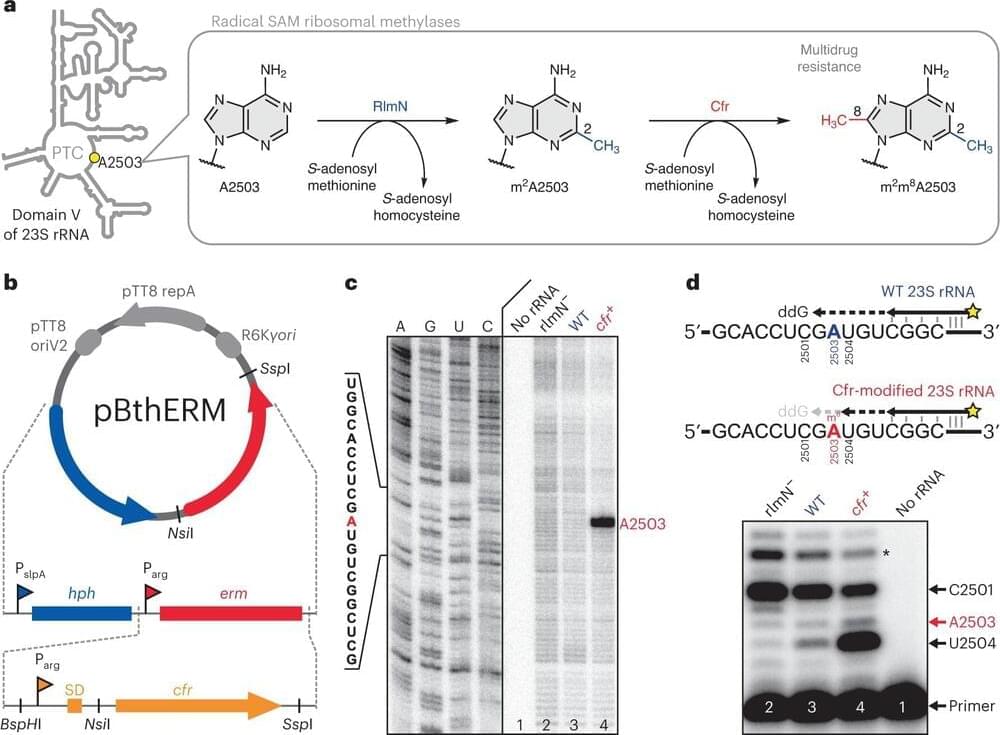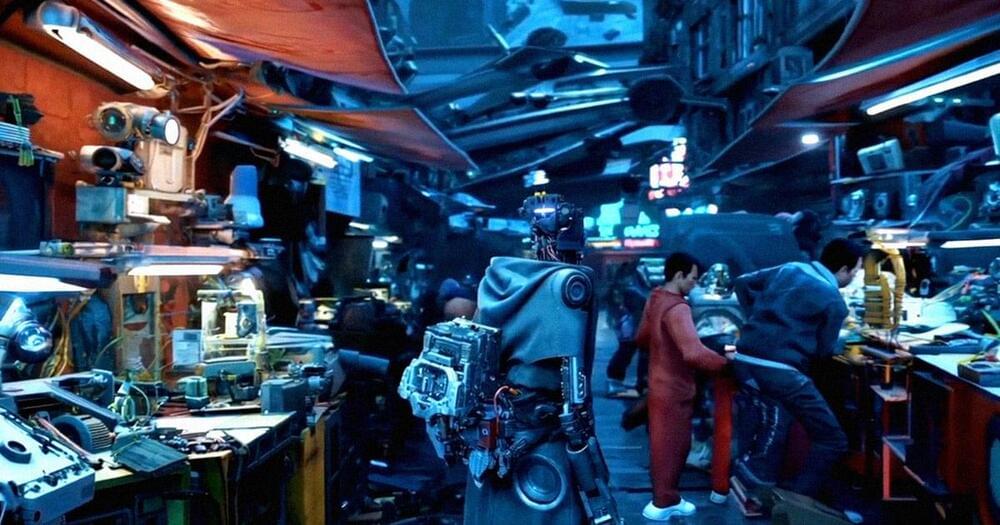Page 1111
Feb 17, 2024
Algorithms don’t understand sarcasm. Yeah, right!
Posted by Dan Breeden in categories: computing, information science
Sarcasm, a complex linguistic phenomenon often found in online communication, often serves as a means to express deep-seated opinions or emotions in a particular manner that can be in some sense witty, passive-aggressive, or more often than not demeaning or ridiculing to the person being addressed. Recognizing sarcasm in the written word is crucial for understanding the true intent behind a given statement, particularly when we are considering social media or online customer reviews.
While spotting that someone is being sarcastic in the offline world is usually fairly easy given facial expression, body language and other indicators, it is harder to decipher sarcasm in online text. New work published in the International Journal of Wireless and Mobile Computing hopes to meet this challenge. Geeta Abakash Sahu and Manoj Hudnurkar of the Symbiosis International University in Pune, India, have developed an advanced sarcasm detection model aimed at accurately identifying sarcastic remarks in digital conversations, a task crucial for understanding the true intent behind online statements.
The team’s model comprises four main phases. It begins with text pre-processing, which involves filtering out common, or “noise,” words such as “the,” “it,” and “and.” It then breaks down the text into smaller units. To address the challenge of dealing with a large number of features, the team used optimal feature selection techniques to ensure the model’s efficiency by prioritizing only the most relevant features. Features indicative of sarcasm, such as information gain, chi-square, mutual information, and symmetrical uncertainty, are then extracted from this pre-processed data by the algorithm.
Feb 17, 2024
Road features that predict crash sites identified in new machine-learning model
Posted by Dan Breeden in category: robotics/AI
Issues such as abrupt changes in speed limits and incomplete lane markings are among the most influential factors that can predict road crashes, finds new research by University of Massachusetts Amherst engineers. The study then used machine learning to predict which roads may be the most dangerous based on these features.
Published in the journal Transportation Research Record, the study was a collaboration between UMass Amherst civil and environmental engineers Jimi Oke, assistant professor; Eleni Christofa, associate professor; and Simos Gerasimidis, associate professor; and civil engineers from Egnatia Odos, a publicly owned engineering firm in Greece.
The most influential features included road design issues (such as changes in speed limits that are too abrupt or guardrail issues), pavement damage (cracks that stretch across the road and webbed cracking referred to as “alligator” cracking), and incomplete signage and road markings.
Feb 17, 2024
OpenAI launches text-to-video generator
Posted by Will Fox in categories: internet, robotics/AI

The Internet is abuzz with talk about Sora, a new AI model that brings text-to-video generation to a whole new level.
Feb 17, 2024
Emotion semantics show both cultural variation and universal structure
Posted by Dan Breeden in category: futurism
Analysis of the terms used for emotions across a sample of 2,474 spoken languages reveals low similarity across cultures.
Feb 17, 2024
Ancient viruses emerge as unexpected heroes in vertebrate brain evolution
Posted by The Neuro-Network in categories: biotech/medical, evolution, neuroscience
Scentists have uncovered a fascinating link between ancient viruses and the development of myelination, the biological process crucial for the advanced functioning of the nervous system in vertebrates, including humans.
Scientists discovered a gene, ‘RetroMyelin,’ from ancient viruses, essential for myelination in vertebrates, suggesting viral sequences in early vertebrate genomes were pivotal for developing complex brains. This breakthrough in Cell unravels how myelination evolved, highlighting its significance in vertebrate diversity.
Feb 17, 2024
Scientists stole a mutation from cancer and used it to kill tumors
Posted by Shubham Ghosh Roy in category: biotech/medical

“We’ve used the mutations that give cancer cells their staying power to engineer what we call a ‘Judo T-cell therapy’ that can survive and thrive in the harsh conditions that tumors create,” said co-author Kole Roybal.
CAR-T cells: CAR-T cell therapy starts with doctors extracting T cells — a type of white blood cell — from a cancer patient’s blood. They then engineer the T cells to display proteins called “chimeric antigen receptors” (CARs) that bind to cancer cells.
Feb 17, 2024
New research helps create new antibiotic that evades bacterial resistance
Posted by Shubham Ghosh Roy in category: biotech/medical
Scientists at the University of Illinois Chicago and Harvard University have developed an antibiotic that could give medicine a new weapon to fight drug-resistant bacteria and the diseases they cause.
The antibiotic, cresomycin, described in Science, effectively suppresses pathogenic bacteria that have become resistant to many commonly prescribed antimicrobial drugs.
The promising novel antibiotic is the latest finding for a longtime research partnership between the group of Yury Polikanov, associate professor of biological sciences at UIC, and colleagues at Harvard. The UIC scientists provide critical insights into cellular mechanisms and structure that help the researchers at Harvard design and synthesize new drugs.
Feb 17, 2024
Chemical cocktail could restore sight by regenerating optic nerves
Posted by Shubham Ghosh Roy in categories: biotech/medical, chemistry
The optic nerve has been partly regenerated in mice, raising hopes for treating blindness caused by conditions such as glaucoma.
Feb 17, 2024
OpenAI Says Its New AI Can Simulate Worlds
Posted by Quinn Sena in category: robotics/AI
According to OpenAI, its new video AI called Sora is a “world simulator,” that taught itself how to understand 3D spaces.
















